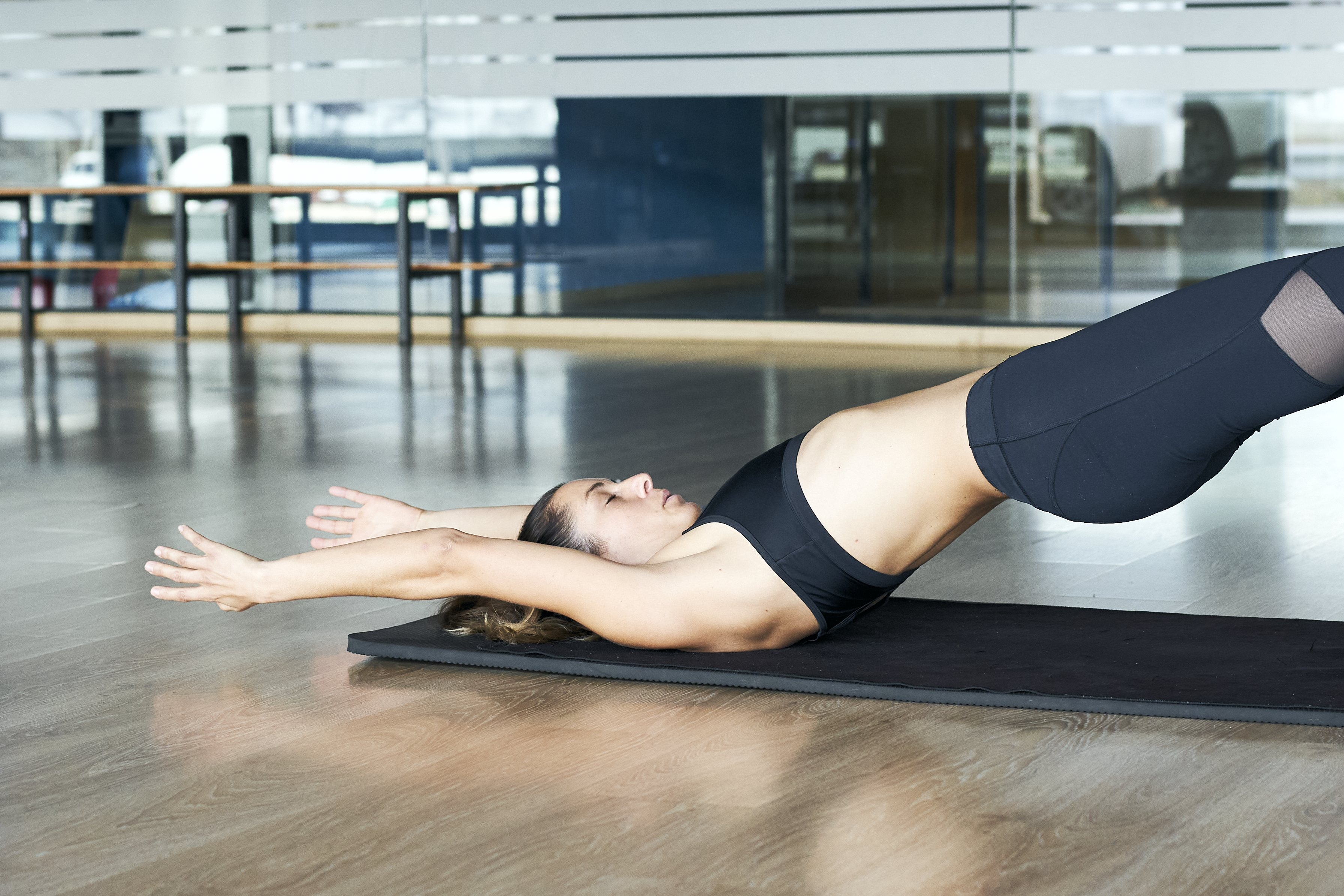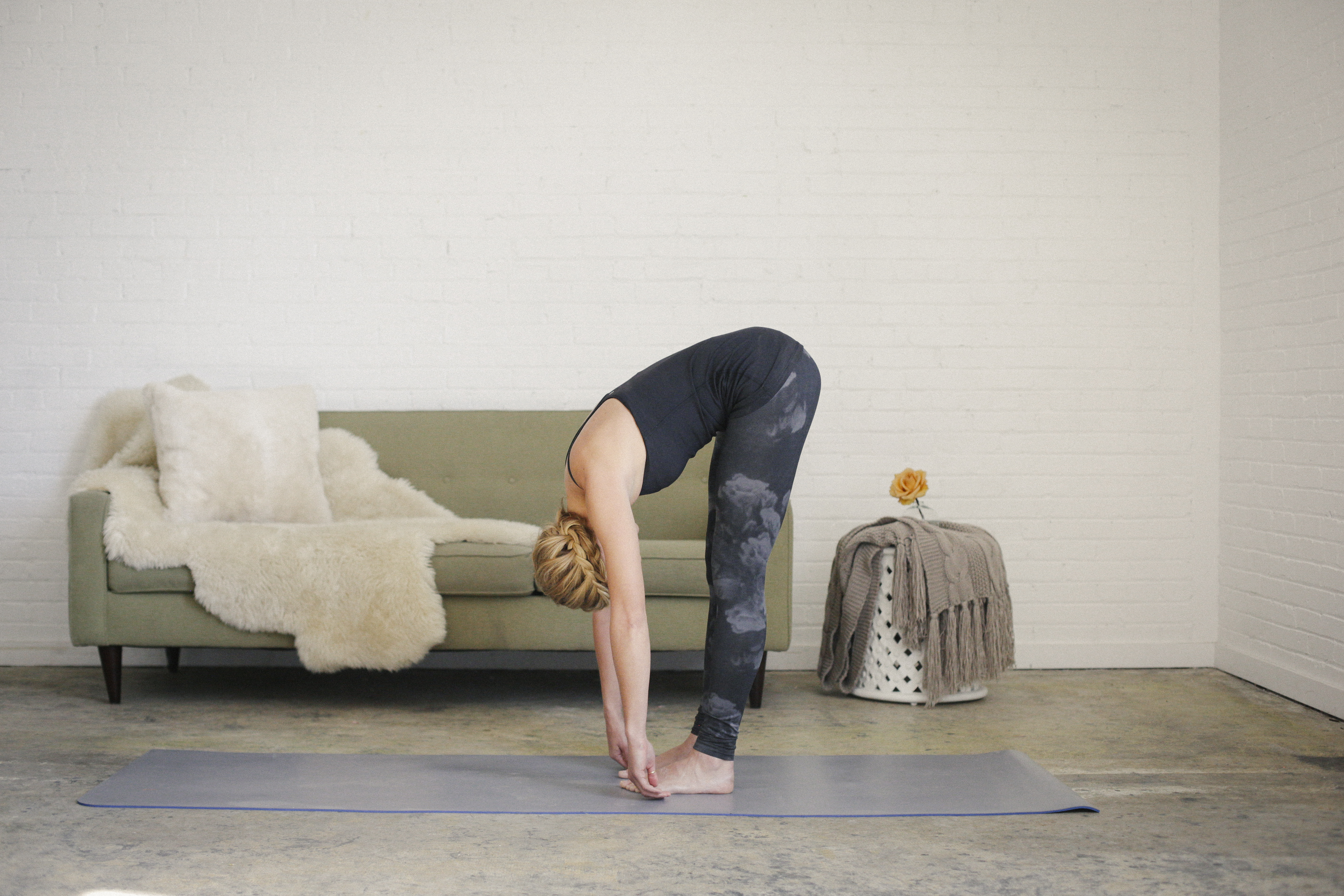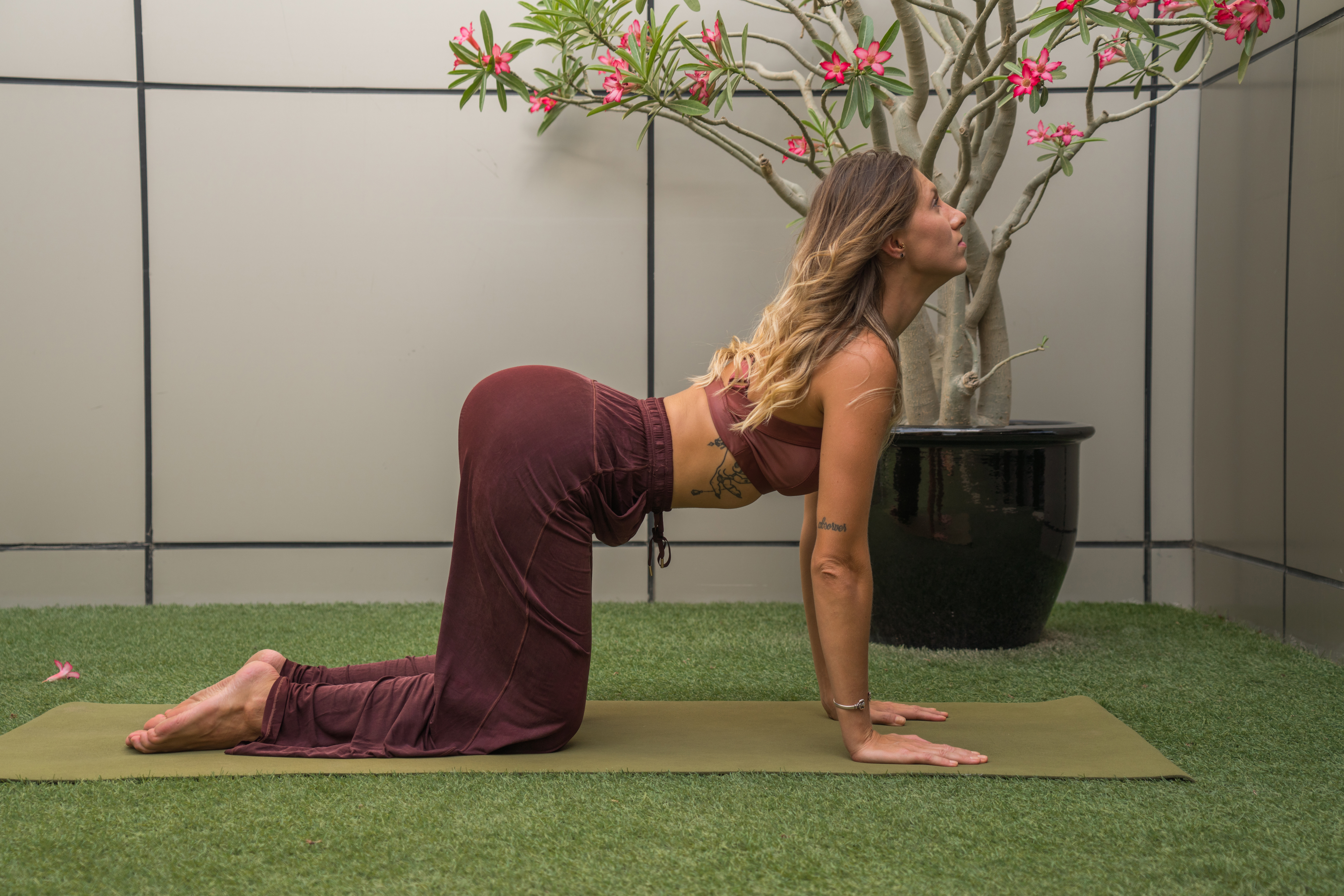11 Easy Exercises That Melt Away Sciatica Pain, No Doctor Needed
Sciatica is a condition characterized by pain that radiates along the path of the sciatic nerve, which runs from the lower back through the hips and buttocks and down each leg. This pain can range from mild to severe and is often accompanied by numbness, tingling, or weakness in the affected leg. Understanding sciatica is crucial because it affects millions worldwide, significantly impacting their quality of life. The pain can be debilitating, making everyday activities like walking, sitting, or even standing difficult. Traditional treatments often involve medications or invasive procedures, but these are not always effective and can come with side effects. This article explores an alternative approach: doctor-free exercises that can help alleviate sciatica pain naturally and effortlessly. The prevalence of sciatica is a growing concern, with many individuals seeking non-invasive ways to manage their symptoms. The exercises discussed in this article are designed to target the root causes of sciatica, such as muscle imbalances and nerve compression. By incorporating these exercises into your daily routine, you can potentially reduce pain and improve mobility. The beauty of these exercises lies in their simplicity and accessibility; they can be performed at home without special equipment or medical supervision.
1. Pelvic Tilt

The pelvic tilt is a simple yet effective exercise that targets the lower back and abdominal muscles, helping to alleviate sciatica pain. This exercise involves lying on your back with your knees bent and feet flat on the floor. Gently tighten your abdominal muscles and press your lower back into the floor, holding the position for a few seconds before releasing. Repeating this movement several times can help strengthen the core muscles that support the spine, reducing pressure on the sciatic nerve. In addition to strengthening the core, the pelvic tilt improves flexibility in the lower back, which can be particularly beneficial for those with sciatica. By increasing the range of motion in this area, you can reduce stiffness and improve overall mobility. The pelvic tilt is an excellent starting point for those new to exercise, as it is low-impact and can be easily modified to suit different fitness levels. Incorporating this exercise into your routine can help create a solid foundation for more advanced movements, paving the way for lasting pain relief.
2. Knee-to-Chest Stretch

The knee-to-chest stretch is another effective exercise for relieving sciatica pain. This stretch targets the lower back and gluteal muscles, helping to release tension and improve flexibility. To perform this exercise, lie on your back with your knees bent and feet flat on the floor. Slowly bring one knee toward your chest, holding it with both hands for support. Hold the stretch for 20-30 seconds before switching to the other leg. This gentle movement helps elongate the spine and reduce compression on the sciatic nerve. Incorporating the knee-to-chest stretch into your routine can provide immediate relief from sciatica pain by loosening tight muscles and improving circulation. This exercise is particularly beneficial for those who spend long hours sitting, as it counteracts the effects of prolonged sitting on the lower back. By regularly performing this stretch, you can improve your posture and reduce the risk of future sciatic flare-ups. The knee-to-chest stretch is a versatile exercise that can be easily adapted to suit different fitness levels, making it an accessible option for anyone seeking relief from sciatica pain.
3. Piriformis Stretch

The piriformis muscle, located in the buttocks, can often contribute to sciatica pain when it becomes tight or inflamed. The piriformis stretch is designed to target this muscle, helping to alleviate pressure on the sciatic nerve. To perform this stretch, sit on the floor with your legs extended in front of you. Cross one leg over the other, placing the foot flat on the floor. Gently twist your torso toward the bent knee, using your opposite arm for support. Hold the stretch for 20-30 seconds before switching sides. By regularly performing the piriformis stretch, you can improve flexibility and reduce tension in the buttocks, alleviating sciatic pain. This exercise also enhances hip mobility, which can be particularly beneficial for those with sedentary lifestyles. The piriformis stretch is a powerful tool for managing sciatica pain, as it addresses one of the common causes of the condition. Incorporating this stretch into your routine can help prevent future flare-ups and improve overall mobility.
4. Seated Spinal Stretch

The seated spinal stretch is a gentle exercise that targets the lower back and hips, helping to relieve sciatica pain. To perform this stretch, sit on the floor with your legs extended in front of you. Bend one knee and place the foot flat on the floor, crossing it over the opposite leg. Gently twist your torso toward the bent knee, using your opposite arm to support the movement. Hold the stretch for 20-30 seconds before switching sides. This exercise helps elongate the spine and reduce pressure on the sciatic nerve. In addition to relieving pain, the seated spinal stretch improves flexibility and promotes better posture. By regularly performing this exercise, you can increase your range of motion and reduce stiffness in the lower back. This stretch is particularly beneficial for those who spend long hours sitting, as it counteracts the effects of prolonged sitting on the spine.
5. Standing Hamstring Stretch

The standing hamstring stretch is an effective exercise for relieving sciatica pain by targeting the hamstrings and lower back. To perform this stretch, stand with your feet hip-width apart and place one foot on a low surface, such as a step or chair. Keep your leg straight and gently lean forward, reaching toward your toes. Hold the stretch for 20-30 seconds before switching sides. This exercise helps elongate the hamstrings and reduce tension in the lower back, alleviating pressure on the sciatic nerve. Incorporating the standing hamstring stretch into your routine can improve flexibility and reduce the risk of future sciatic flare-ups. This stretch is particularly beneficial for those with tight hamstrings, as it helps release tension and improve circulation. By regularly performing this exercise, you can enhance your overall mobility and reduce stiffness in the lower back. The standing hamstring stretch is a simple yet powerful tool for managing sciatica pain, making it an essential part of any exercise routine.
6. Cat-Cow Stretch

The cat-cow stretch is a gentle exercise that targets the back and abdominal muscles, helping to relieve sciatica pain. To perform this stretch, start on your hands and knees with your wrists aligned under your shoulders and your knees under your hips. Inhale as you arch your back, lifting your head and tailbone toward the ceiling (cow pose). Exhale as you round your back, tucking your chin to your chest and drawing your belly button toward your spine (cat pose). Repeat this movement several times, focusing on the fluid transition between poses. The cat-cow stretch improves flexibility and promotes better posture, reducing pressure on the sciatic nerve. This exercise also enhances spinal mobility, which can be particularly beneficial for those with sedentary lifestyles. By regularly performing the cat-cow stretch, you can increase your range of motion and reduce stiffness in the back.
7. Child’s Pose

Child’s pose is a restorative yoga pose that helps relieve tension in the back and hips, alleviating sciatica pain. To perform this pose, start on your hands and knees with your wrists aligned under your shoulders and your knees under your hips. Sit back on your heels and stretch your arms forward, lowering your chest toward the floor. Hold the pose for 20-30 seconds, focusing on deep, even breathing. This gentle stretch helps elongate the spine and reduce pressure on the sciatic nerve. In addition to relieving pain, child’s pose promotes relaxation and reduces stress, which can be particularly beneficial for those with chronic pain. By regularly practicing this pose, you can improve flexibility and enhance your overall sense of well-being. Child’s pose is a versatile exercise that can be easily adapted to suit different fitness levels, making it an accessible option for anyone seeking relief from sciatica pain.
8. Glute Bridges

Glute bridges are an effective exercise for strengthening the muscles in the hips and lower back, helping to alleviate sciatica pain. To perform this exercise, lie on your back with your knees bent and feet flat on the floor. Press through your heels to lift your hips toward the ceiling, squeezing your glutes at the top of the movement. Hold the position for a few seconds before lowering back down. Repeat this movement several times, focusing on engaging the core and glute muscles. Incorporating glute bridges into your routine can improve strength and stability in the lower back, reducing pressure on the sciatic nerve. This exercise also enhances hip mobility, which can be particularly beneficial for those with sedentary lifestyles. By regularly performing glute bridges, you can increase your overall strength and reduce the risk of future sciatic flare-ups. This exercise is a powerful tool for managing sciatica pain, making it an essential part of any exercise routine.
9. Cobra Stretch

The cobra stretch is a gentle exercise that targets the lower back and abdominal muscles, helping to relieve sciatica pain. To perform this stretch, lie on your stomach with your hands placed under your shoulders. Press through your palms to lift your chest off the floor, keeping your elbows slightly bent. Hold the stretch for 20-30 seconds, focusing on deep, even breathing. This exercise helps elongate the spine and reduce pressure on the sciatic nerve. In addition to relieving pain, the cobra stretch improves flexibility and promotes better posture. By regularly performing this exercise, you can increase your range of motion and reduce stiffness in the lower back. The cobra stretch is a versatile exercise that can be easily adapted to suit different fitness levels.
10. Reclining Pigeon Pose

The reclining pigeon pose is a restorative yoga pose that helps relieve tension in the hips and lower back, alleviating sciatica pain. To perform this pose, lie on your back with your knees bent and feet flat on the floor. Cross one leg over the opposite thigh, creating a figure-four shape. Gently pull the uncrossed leg toward your chest, holding the position for 20-30 seconds before switching sides. This gentle stretch helps elongate the muscles in the hips and reduce pressure on the sciatic nerve. In addition to relieving pain, the reclining pigeon pose promotes relaxation and reduces stress, which can be particularly beneficial for those with chronic pain. By regularly practicing this pose, you can improve flexibility and enhance your overall sense of well-being. The reclining pigeon pose is a versatile exercise that can be easily adapted to your routine to help create a sense of balance and harmony in the body, paving the way for lasting pain relief.
11. Wall Sits

Wall sits are an effective exercise for strengthening the muscles in the thighs and lower back, helping to alleviate sciatica pain. To perform this exercise, stand with your back against a wall and your feet shoulder-width apart. Slowly slide down the wall until your knees are bent at a 90-degree angle, keeping your back flat against the wall. Hold the position for 20-30 seconds before returning to a standing position. This exercise helps build strength and stability in the lower back, reducing pressure on the sciatic nerve. Incorporating wall sits into your routine can improve strength and stability in the lower back, reducing the risk of future sciatic flare-ups. This exercise also enhances overall endurance, which can be particularly beneficial for those with sedentary lifestyles. By regularly performing wall sits, you can increase your overall strength and reduce stiffness in the lower back. Wall sits are particularly helpful for managing sciatica pain, making it an essential part for a pain-relief exercise routine.
